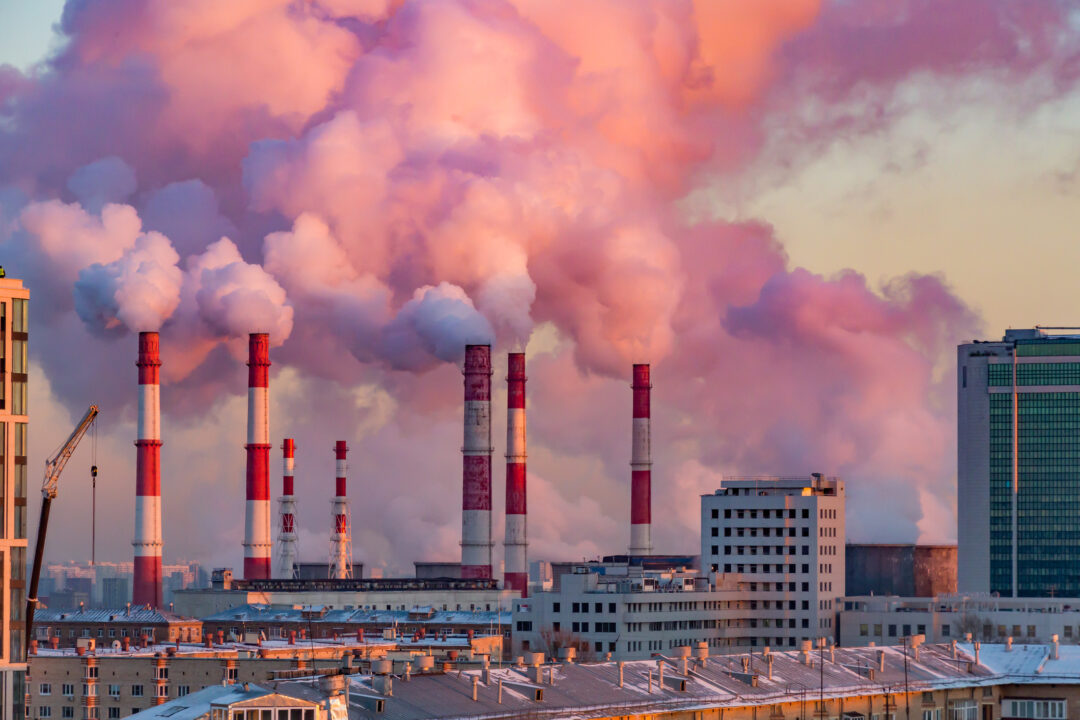
BENGALURU, Karnataka: Researchers from the Centre for Study of Science, Technology and Policy (CSTEP) in Bengaluru have projected a significant increase in harmful pollutants in Karnataka cities by 2030 if current trends continue.
An analysis of air pollution trends and forecasts for PM2.5 concentrations in Davanagere, Kalaburagi, and Hubballi-Dharwad reveals that levels of this carcinogenic pollutant could increase by 31 per cent to 38 per cent by 2030 without effective emission control measures.
The study further indicates that these cities will need government capital investments ranging from Rs 582 crore to Rs 968 crore to implement the necessary control measures to achieve clean air. The researchers assessed the contributions of key polluting sectors—domestic, commercial, industrial, construction and demolition, open burning, transportation (both road and non-road), and road dust—in three non-attainment cities to reach their conclusions.
The transportation sector was identified as the primary contributor to PM2.5 emissions in Hubballi-Dharwad and Kalaburagi, while both industries and transportation were major contributors to sulfur dioxide (SO2) and nitrogen oxide (NOx) emissions in all three cities. The researchers suggest that implementing targeted interventions could help reduce PM2.5 emissions in these areas.

